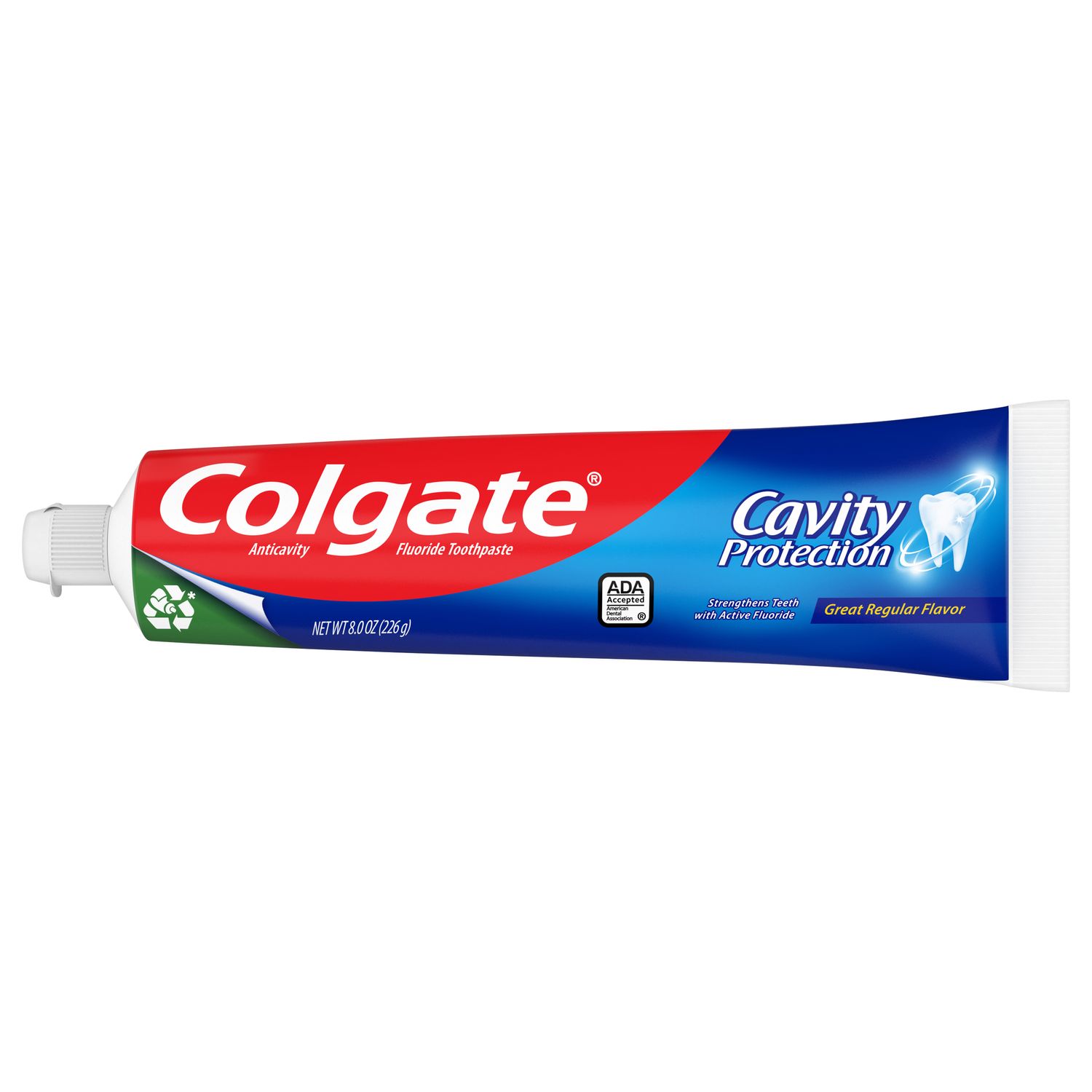How Pulp Chambers Work
Before we discuss how pulp chambers work, it helps to know where it fits within the tooth structure. If you visualize the cross-section of a tooth, it looks like a casing system with natural layers. According to the American Dental Association, the hard enamel on the tooth’s surface helps break down food to support digestion and protect the tooth during use. Below, the softer dentin helps absorb pressure from eating and acts as a support for the enamel. In the middle of the tooth below the dentin is the pulp chamber—which houses nerves and blood vessels and provides nourishment to the tooth. So if you’re wondering, what is the pulp of the tooth, now you know! Finally, covering the root of the tooth is cementum, which connects a tooth to the jawbones.
In other words, you can think of the pulp chamber as the heart of the tooth, as blood flow through the area keeps the pulp and nerve healthy. According to StatPearls, the pulp has four main functions: formation of the dentin, nutrition of the dentin, innervation of the tooth, and defense of the tooth. The most important role is the formation and nutrition of the dentin, as the dentin protects the tooth from decay and cavities. The pulp mediates this role by producing hard dentin tissue. If the pulp chamber is compromised, your dental professional’s primary concern is saving this area to keep your tooth alive.
Treating Pulp Chamber Complications
A common complication associated with the pulp chamber is called pulpitis. Pulpitis, according to the Merck Manual, is the inflammation of the dental pulp. This can be due to cavities progressing into the dentin, trauma affecting the lymphatic and blood supply to the tooth pulp, and multiple invasive dental procedures that can damage the tooth. In some cases, early stages of pulpitis can be reversible and treated with a filling; more severe cases may require a root canal or tooth extraction. Your dental professional may also prescribe antibiotics if the area becomes infected.
When the pulpitis is irreversible, the pulp becomes “necrotic,” meaning the pulp dies. This condition is called pulp necrosis. A sign that the pulp is becoming necrotic is pain when coming into contact with heat; a sign that the pulp is entirely necrotic is when the tooth does not respond to heat or cold but becomes sensitive to pressure.
Your dental professional will treat it according to the severity and cause in any instance of oral infection. It's always best to make an appointment as soon as possible to pinpoint the problem so that you can start your treatment process.
Tips for Keeping the Pulp Chamber Healthy
Luckily, there are many easy things you can do daily to keep your pulp chamber healthy. First, try your best to curb your sweet tooth. The acid from the sugary snacks breaks down your tooth enamel. If you do indulge in a sweet treat, swish with water afterward. Then, make sure that you follow good oral care habits. Brush twice daily with fluoride toothpaste to add strength to your enamel, and clean between your teeth with floss, water flossers, or another interdental cleaning device to avoid bacteria-causing plaque that can lead to cavities.
If your mouth ever causes you discomfort, don't wait. Schedule an appointment with your oral care provider. The faster you seek a dental professional's care, the better you'll feel, and the healthier your smile will be.
Oral Care Center articles are reviewed by an oral health medical professional. This information is for educational purposes only. This content is not intended to be a substitute for professional medical advice, diagnosis or treatment. Always seek the advice of your dentist, physician or other qualified healthcare provider.
ORAL HEALTH QUIZ
What's behind your smile?
Take our Oral Health assessment to get the most from your oral care routine
ORAL HEALTH QUIZ
What's behind your smile?
Take our Oral Health assessment to get the most from your oral care routine















